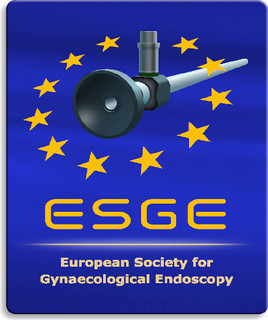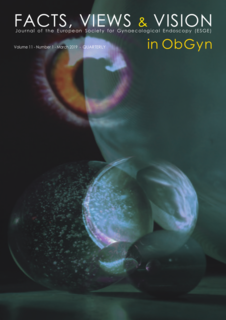Bioengineering strategies of the uterus towards improving current investigative models and female reproductive health
Tissue engineering, decellularization, uterine bioengineering, ECM hydrogel, embryo culture
Published online: Oct 03 2019
Abstract
Ever since the inception of artificial reproductive technologies (ART), new advances have been developed in the lab and translated to the clinic to improve the reproductive outcome of patients. Tissue engineering (TE) adopts ideas and concepts from biology, bioengineering and material science amongst others, resulting in a promising and burgeoning multidisciplinary field of investigation within regenerative medicine.
The main objective of the work presented in this thesis was to use TE based approaches to create different types of natural biomaterials obtained from decellularized porcine or rabbit uteri. We investigated if these different bioscaffolds could improve current investigative in vitro models while also showing potential to be used as therapeutic solutions. Decellularized whole organs are acellular vascularized scaffolds that could be used to create tissue-engineered, transplantable organs. However, they can also be processed further into thin sections, ECM hydrogels and coatings, and were used as biocompatible tissue-specific substrates for cell and embryo culture. Two animal models were used, the pig model demonstrated that our perfusion-based protocol (with or without a freeze/thaw step) successfully decellularizes large uteri, yielding a biocompatible material. Secondly, we adapted this protocol for the rabbit uterus and converted the acellular endometrium into tissue-specific ECM hydrogels and coatings. After characterization of these substrates their effect on in vitro embryo development was also examined.
While DC organs could one day be used to resolve the main issues plaguing transplantations, endometrial ECM sections, hydrogels and coatings have shown the potential to become a platform used in the culture of stem/progenitor cells and primary culture cells to better maintain their tissue-specific phenotype, improving in vitro models. Furthermore, ECM hydrogels could possibly be used in the future in vivo, as part of a treatment of Asherman’s syndrome and endometrial atrophy.



